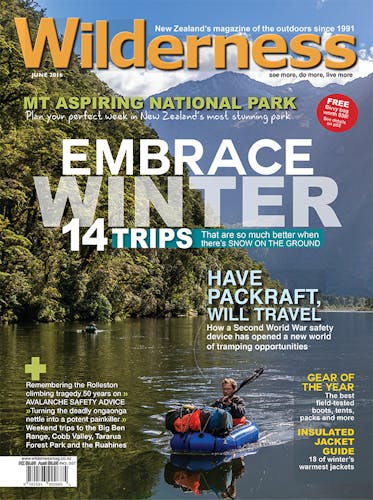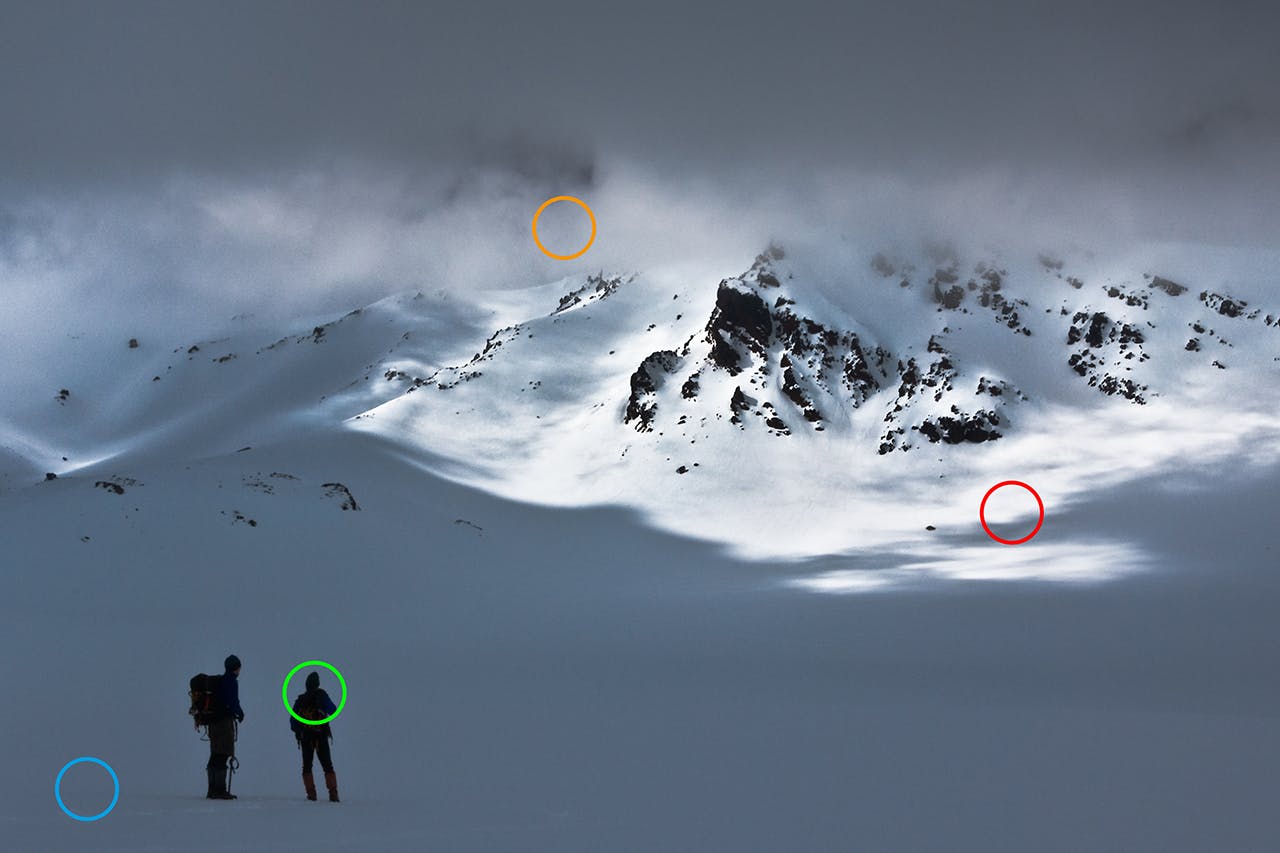How to capture those moody winter landscapes
Capture some drama
Interesting cloud surrounding the mountains can add much mood to the shot, giving it a sense of drama. Often, it’s the days with mixed weather and light breaking through the clouds which lead to the best photographs of snow-covered landscapes. Weather is also an important part of any winter landscape and capturing it will give the shot a more wintry feel.
Include some people
Try to include something in your shot to show a sense of scale, otherwise the grandeur of those epic snow-covered peaks can easily be lost. This could be a person or any recognisable object such as a tree. This will also add foreground interest to the photograph.
Watch where you step
When you are walking about on the snow, trying to find the best angle, be careful you do not walk through a scene, leaving footprints all over that virgin white field. Sometimes a well-placed set of footprints can add to the shot, leading the viewer into the photograph.
Exposing the snow
A snow-covered landscape will often confuse your camera’s light meter – snow will come out grey instead of white. To make the snow a crisp white, you need to increase your exposure by shooting in manual mode, or using the exposure compensation (‘+/-’ button). Snow which is in the shade will often render with a blue cast in your photographs. This can look nice and may add to the cold feeling of a winter photograph.
Location: Tongariro Alpine Crossing, Tongariro National Park
Camera Settings: 35mm lens, ISO 100, f22, 1/60 Second








